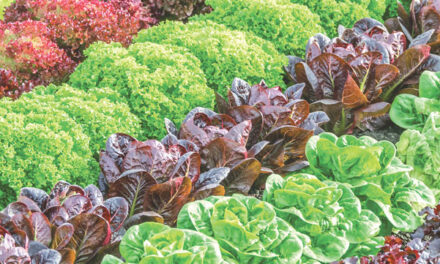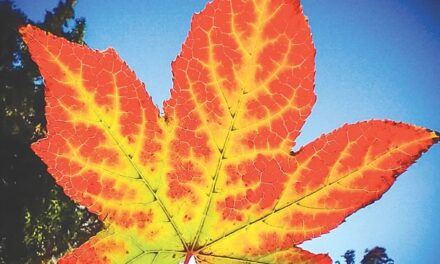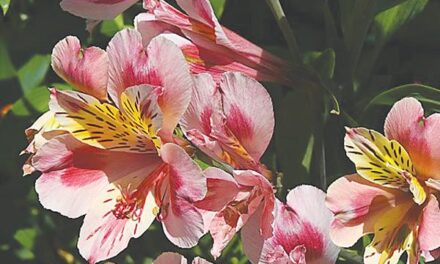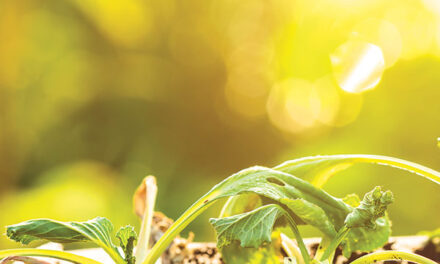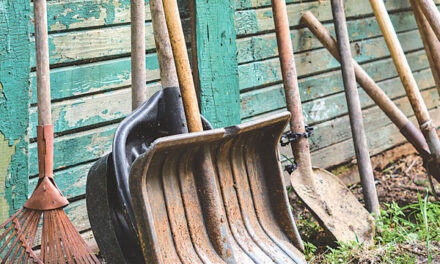I cannot repair a modern appliance. Troubleshooting computer problems, reprogramming the home security system and installing child car safety seats stump me. Shameful.
My feeble attempts at Mr. Fix-It are soon abandoned, followed by a call or text to my son or daughter-in-law. It begins with, “Do you know how to…?” When your 8-year-old granddaughter is better at operating the TV remote control, you admit shortcomings.
Plants are my strength. I am a plant rescuer. I can fix a plant, and nurture it to health and long life. Herbaceous or woody, deciduous or evergreen, once a plant enters hospice care, I perform miracles.
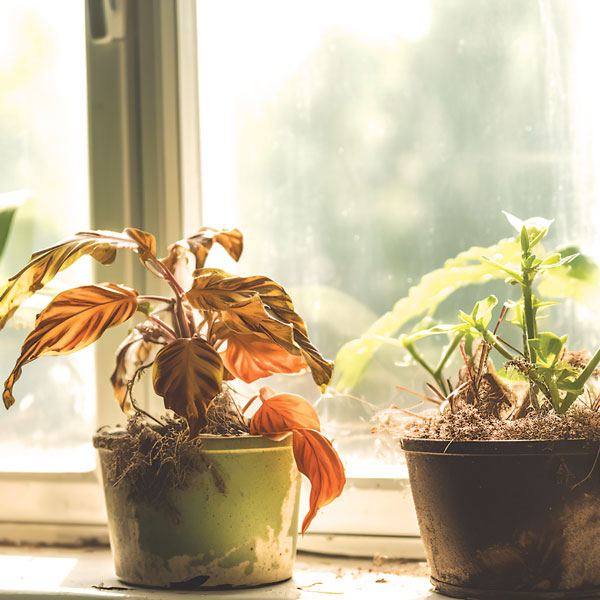
Buying plants is costly. Recently, I spent $32 on a Rose of Sharon hibiscus and nearly $30 on two lavenders. Perennials are not forever. Like humans, some live long lives, others succumb to growing conditions, diseases, pests or neglect. Annuals and biennials have the shortest lifespans.
Nurseries sometimes group the lopsided, the intensive-care, the pathetic runts on a table far removed from the bold and beautiful plants. Pounce on the bargains.
Opportunity may knock while visiting a neighbor or friend. You may happen upon a plant in critical condition. Often, it’s a houseplant, maybe even an orchid. Casually ask about the plant to nudge a reply of, “Why? Do you want it?” Score!
If you are friends with serious gardeners, you may be able to nurture their donations. Iris, daylily, canna, chrysanthemums and ornamental grasses are plants that should be divided after a couple of years. Dividing plants is lifting the clump from the soil and separating into several plants with roots to ensure rejuvenation and survival. More plants, too.
Dividing is not difficult but requires attentive home care until each youngster matures.
Sad looking plants may be rejuvenated simply by moving to another location. Not enough sun, too much sun, too much water, soggy soil or not enough water may cause decline.
Prepare the new planting hole before removing the sickly plant. Should the plant need urgent care, temporarily house it in a large nursery pot and tend to it until it rebounds for replanting.
Before replanting, research the ideal growing conditions. Does it prefer full sun, partial shade, regular waterings or occasional irrigation? The right plant in the right place is a useful guideline.
Fading container plants may be rootbound. Remove them from the pot and examine the roots. If roots are circling the bottom of the root ball or there is more root than soil, cut off an inch or two of roots, gently spread out the remaining roots and replant in a slightly larger container with fresh potting soil.
Container plants suffer from clogged drain holes. A rotten egg odor indicates a water-logged pot not properly draining. Tilt the container and examine the drainage holes. You can clear them by pushing a metal cooking skewer up the holes. If the soil is soggy and has an unpleasant odor, repot the plant in fresh potting soil.
Plants are not shy about sending up red flags. Yellow or dry, shriveled leaves are a warning. Be aware that yellowing leaves on lower stems may be normal aging, while yellowing throughout the plant may indicate a problem.
A plant in need of special care is likely to have some root damage. Prune dead parts to encourage new growth. Reducing the plant also reduces the workload of damaged roots.
Weed around ailing plants. Weeds are competition for soil nutrients and water.
Weak plants attract damaging insects. Examine leaves a few times a week, inspecting the underside of leaves.
Fertilizers can boost plant health, but feed in moderation, use the proper fertilizer and always follow label directions. Feed plants after thorough watering.
Saving them all is not possible. Yet even one plant resurrection nourishes the soul. Now, go forth and heal your plant babies.
Dan Vierria is a University of California Cooperative Extension Master Gardener for Sacramento County. He can be reached at masterg29@gmail.com. For answers to gardening questions, contact UCCE Master Gardeners at (916) 876-5338, email mgsacramento@ucanr.edu or visit sacmg.ucanr.edu. Follow us on Facebook and Instagram: @insidesacramento.




